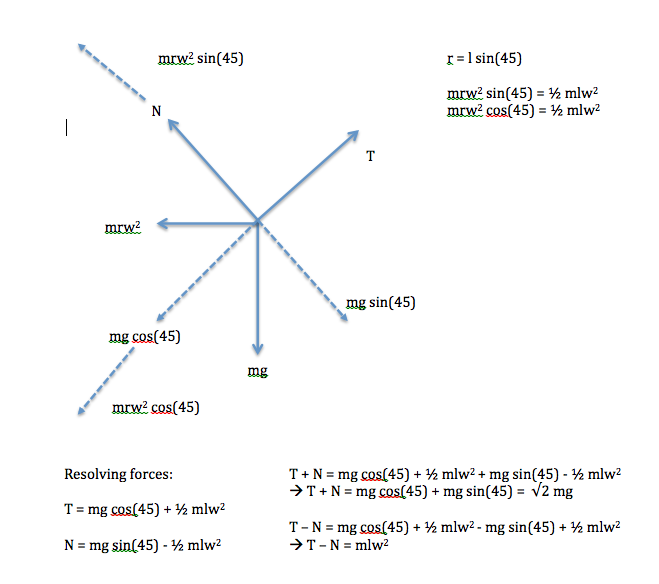Aysce
Well-Known Member
- Joined
- Jun 24, 2011
- Messages
- 2,394
- Gender
- Male
- HSC
- 2012
Yo.
So I'm having trouble with resolving the forces for these 2 questions (will add the 2nd one later) and although it may seem easy, I just don't understand how you arrive at some of these expressions. One instance:

I understand how to get T + N but not T - N?
To be specific, why is it " -N " if that makes sense?
Thanks in advance!
So I'm having trouble with resolving the forces for these 2 questions (will add the 2nd one later) and although it may seem easy, I just don't understand how you arrive at some of these expressions. One instance:

I understand how to get T + N but not T - N?
To be specific, why is it " -N " if that makes sense?
Thanks in advance!




